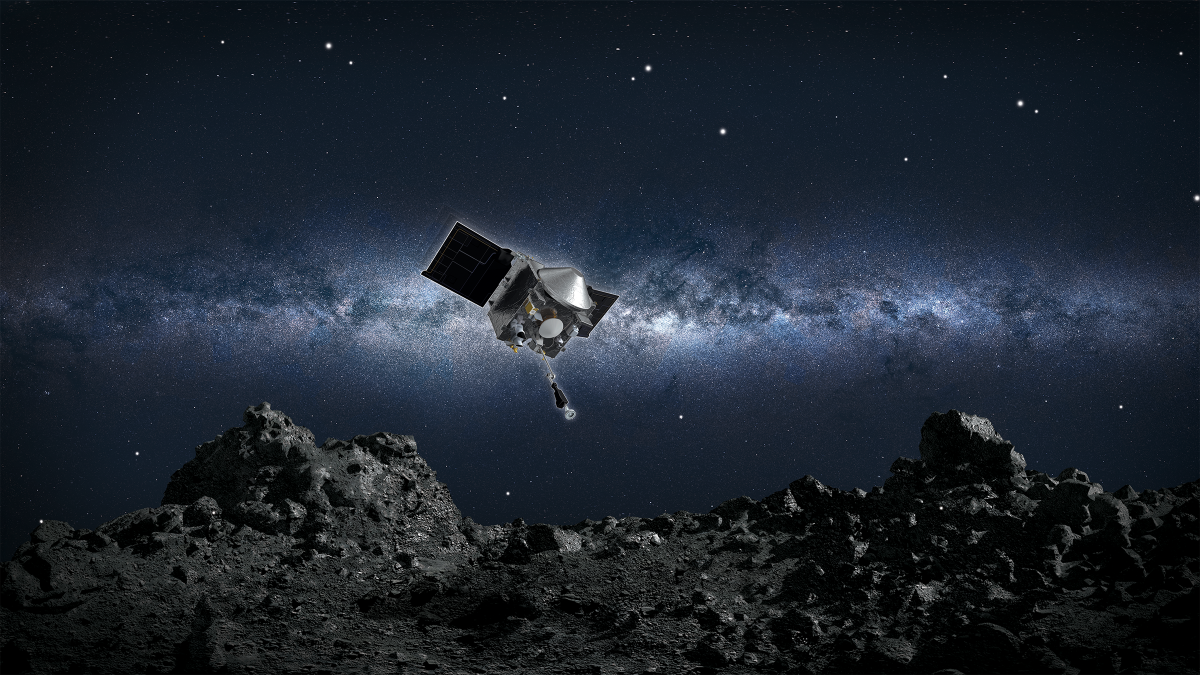NASA is preparing to study the material of the asteroid Bennu. It was collected by the OSIRIS-REx spacecraft in 2020. The capsule with them should reach our planet and make a soft landing in Utah on September 24 this year.

Samples collected by OSIRIS-REx
NASA specialists are preparing to study samples of the material of the asteroid Bennu, which have been selected by the OSIRIS-REx spacecraft in October 2020. This mission, which full name sounds like Origins Spectral Interpretation Resource Identification Security-Regolith Explorer, is the first attempt by the American Space Agency to obtain material from a small body of the solar system.
The capsule should enter the Earth’s atmosphere at 04:41 p.m. GMT+3. It has a heat shield that will help it not burn up in the Earth’s atmosphere and a parachute that will help to make a soft landing. It is believed that this should happen at 06.54 p.m. GMT+3.
Now NASA specialists are training and conducting rehearsals of such seemingly simple actions as finding, transporting the capsule, extracting samples weighing 250 grams from it. And all for the purpose of delivering the capsule to a clean room as quickly as possible on the specified day, where the asteroid particles can be studied without fear that they will be contaminated.
Why is the material from space so interesting to scientists
Scientists are interested in samples from Bennu and similar asteroids due to the fact that they may contain clues to the processes of planet formation and even, potentially, molecular evidence of how life appears on Earth. Meteorite samples found on Earth are useful for this type of research, but only to a certain extent.
Asteroid material collected in space is free from any terrestrial pollution and contains particles smaller than those that survive the passage through the atmosphere of our planet. That is why, in order to protect the Bennu material from any terrestrial micro-invaders, NASA teams are taking significant measures and preparing in advance.
Earth samples will also be taken from the OSIRIS-REx landing site to check the risk of contamination during landing. It is with them that the results of the study will be checked, if suddenly there is a suspicion that they are wrong.
In addition, scientists of the OSIRIS-REx project will use only a quarter of the collected materials in research. The rest will be preserved for future generations of scientists.
According to www.space.com
Follow us on Twitter to get the most interesting space news in time
https://twitter.com/ust_magazine

